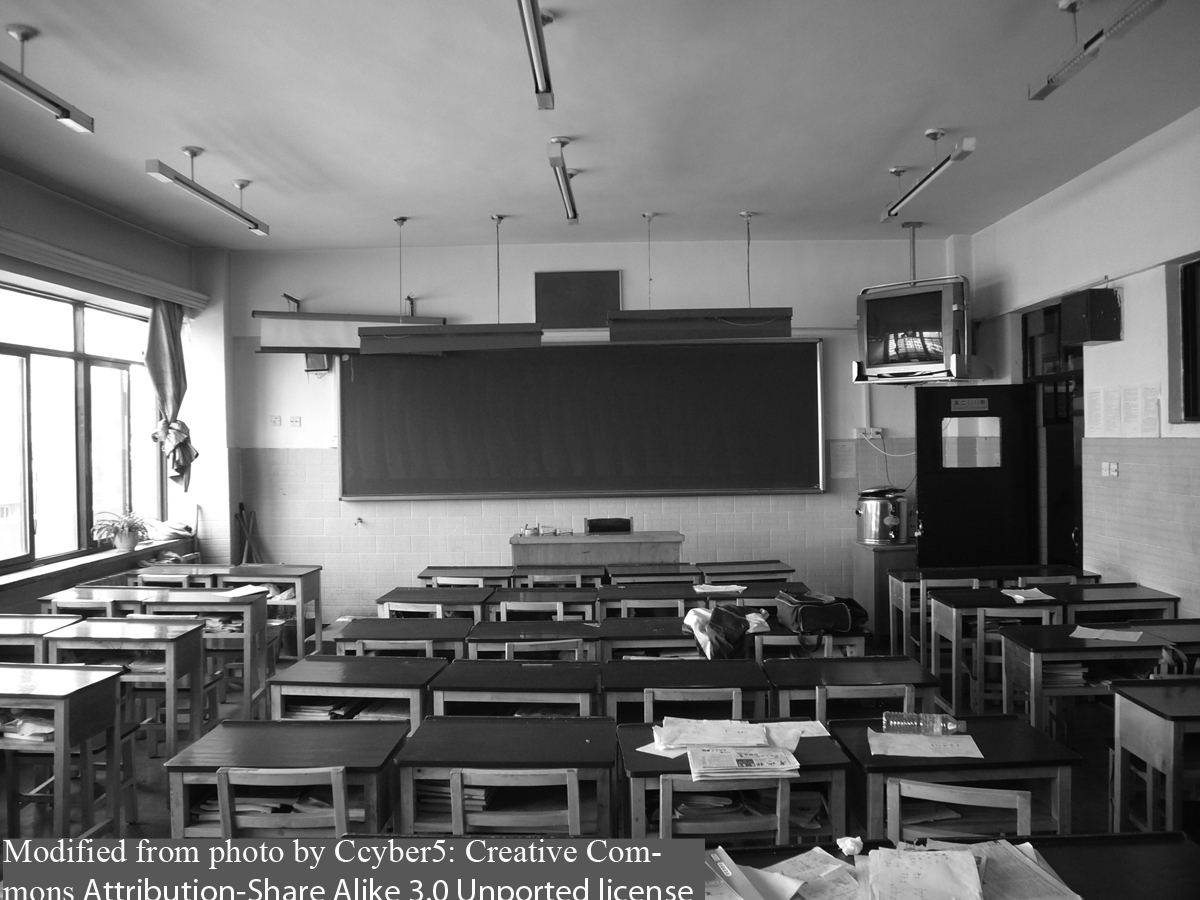Item CL001002: When warm air comes in contact with colder air around it, the warm air rises and its thermal energy rises with it.
A student opens a window in her classroom, letting in air that is warmer than the air inside the classroom.

What will happen to the warmer air when it comes into contact with the colder air in the classroom?
- The warmer air does not rise, but the thermal energy of the air does.
- The warmer air rises, but the thermal energy of the air does not.
- The warmer air rises, and its thermal energy rises with it.
- Both the warmer air and the thermal energy of the air rise, but they rise separately.
- Distribution of Responses

- Students Responding Correctly
| Group | Correct | Total | Percent |
|---|---|---|---|
| Overall | 724 | 2118 | 34% |
| Grades | |||
| 6–8 | 352 | 1040 | 34% |
| 9–12 | 371 | 1066 | 35% |
| Gender | |||
| Male | 341 | 1030 | 33% |
| Female | 362 | 1026 | 35% |
| Primary Language | |||
| English | 598 | 1733 | 35% |
| Other | 93 | 263 | 35% |
- Disciplinary Core Ideas
- PS3.B Energy is spontaneously transferred out of hotter regions or objects and into colder ones.
- Notes
- NGSS does not include the idea that cold air sinks and warm air rises or why that occurs. NGSS does address the role that density and temperature differences play in creating ocean currents, which is an analogous process (see Framework statement MS ESS2.C on p. 185).

